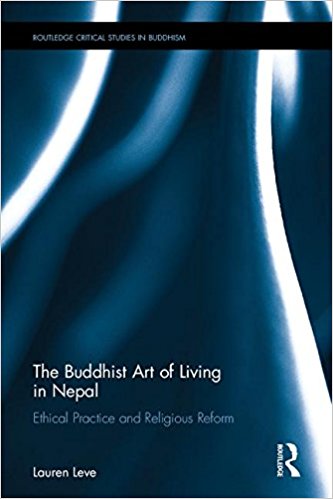
National Archives at Department of Archaeology in Ramshah Path, Kathmandu, on June 28, 2016. Photo: Sureis/THTOnline
Kathmandu, April 3
More than 50,000 bundles of historical books and manuscripts have been preserved in the Department of Archaeology where nearly 1,300 bundles of are rare Buddhists manuscripts. Among the ancient scripts available in the department none of them have been translated in other languages that can be easily understood by common people.
“If rare ancient manuscripts are translated and preserved in micro-film historical events can become clear,” informed Kalpana Parajuli, Tibet Language assistant at the Archaeological Department.
Different historical facts have been mentioned in the manuscripts, but have not been researched and translated yet.
Among rare and popular Buddhists manuscript, Terma (Sermons of Guru Rimpochhe), Pema Kathang, Milai Ghurbum (Songs of Milarepa — a Tibetan Guru), Biography of Guru Rimpochhe, and Biography of Awalokitteswor are historical manuscripts rarely found in gumbas. They can only be found in the Logekar, the first gumba of Nepal, in Mustang district.
Informing about the Awalokitteswor manuscript, Parajuli said the script has explained the time period of 7th century when the princess of Nepal Bhrikuti and the king of Tibet Songtsen Gampo got married.
“In history books, it is not clearly identified whether Bhrikuti was the daughter of King Amshuverma or King Udayadev, both kings of Nepal. This script can help find the answer to this.”
The department has released a catalogue of books available in the market where more than 1,000 Buddhist scripts have been translated into different language. “But the scripts available in the department cannot be found in translated version.”
There are three or four scripts in the Tibetan language that are very hard to understand. Some are written in golden ink while some are in silver ink. Papers such as ‘Nilpatra’ have been used. It is very important to protect these for the future.
[link]

 The Buddhist Art of Living in Nepal Ethical Practice and Religious Reform
The Buddhist Art of Living in Nepal Ethical Practice and Religious Reform Short Review by Jonathan Ciliberto
Short Review by Jonathan Ciliberto Yahoo News
Yahoo News Kathmandu Post
Kathmandu Post Broadway World News, August 1
Broadway World News, August 1